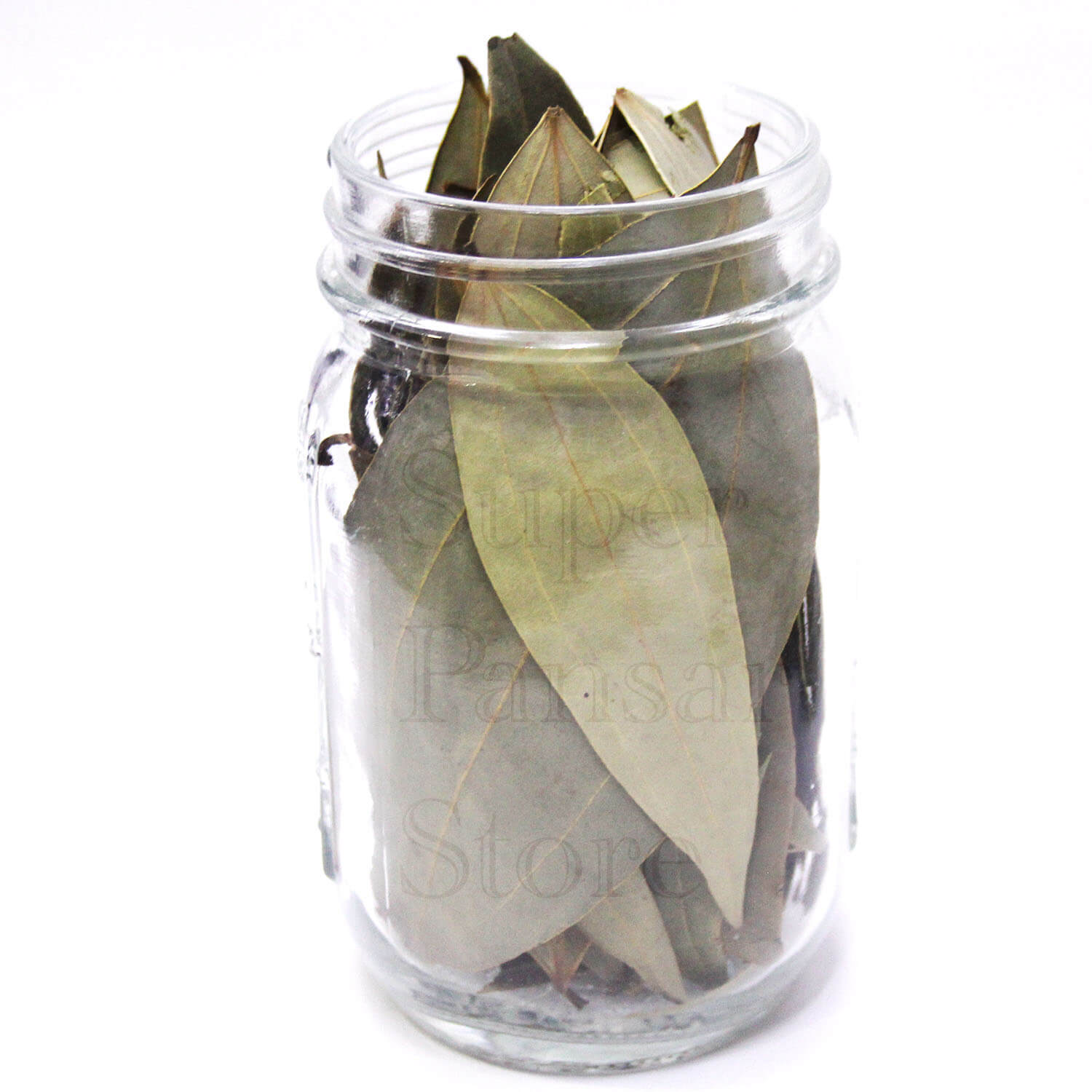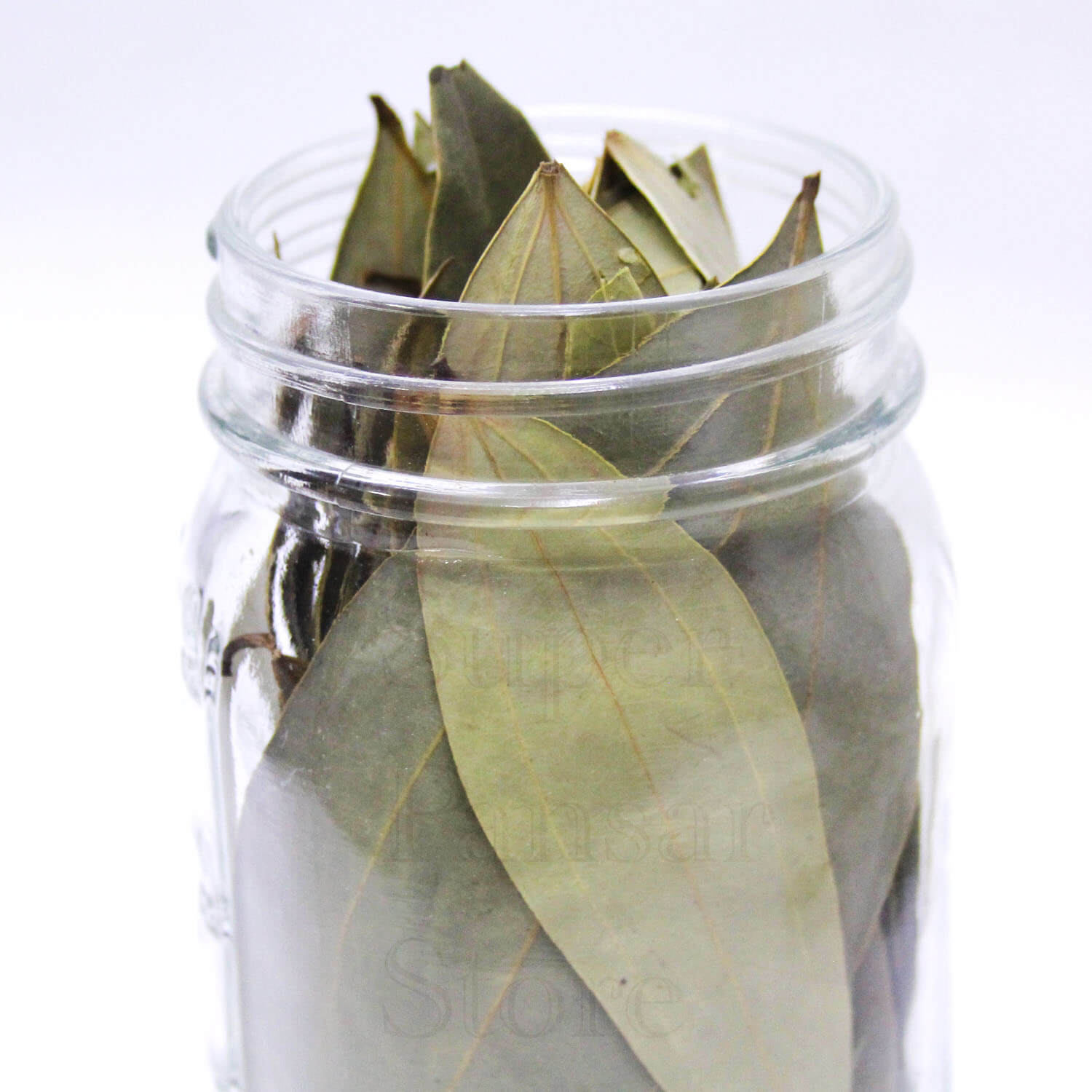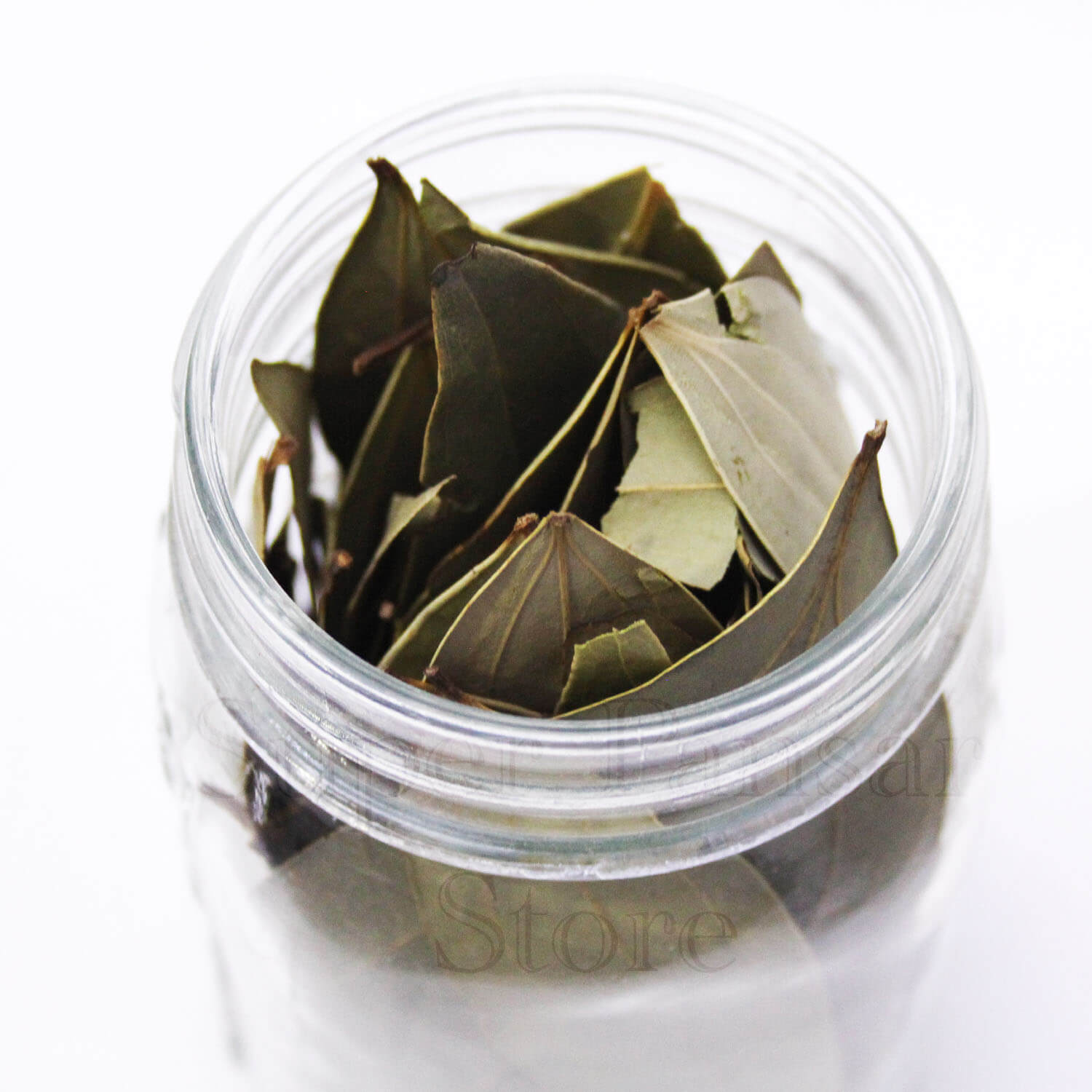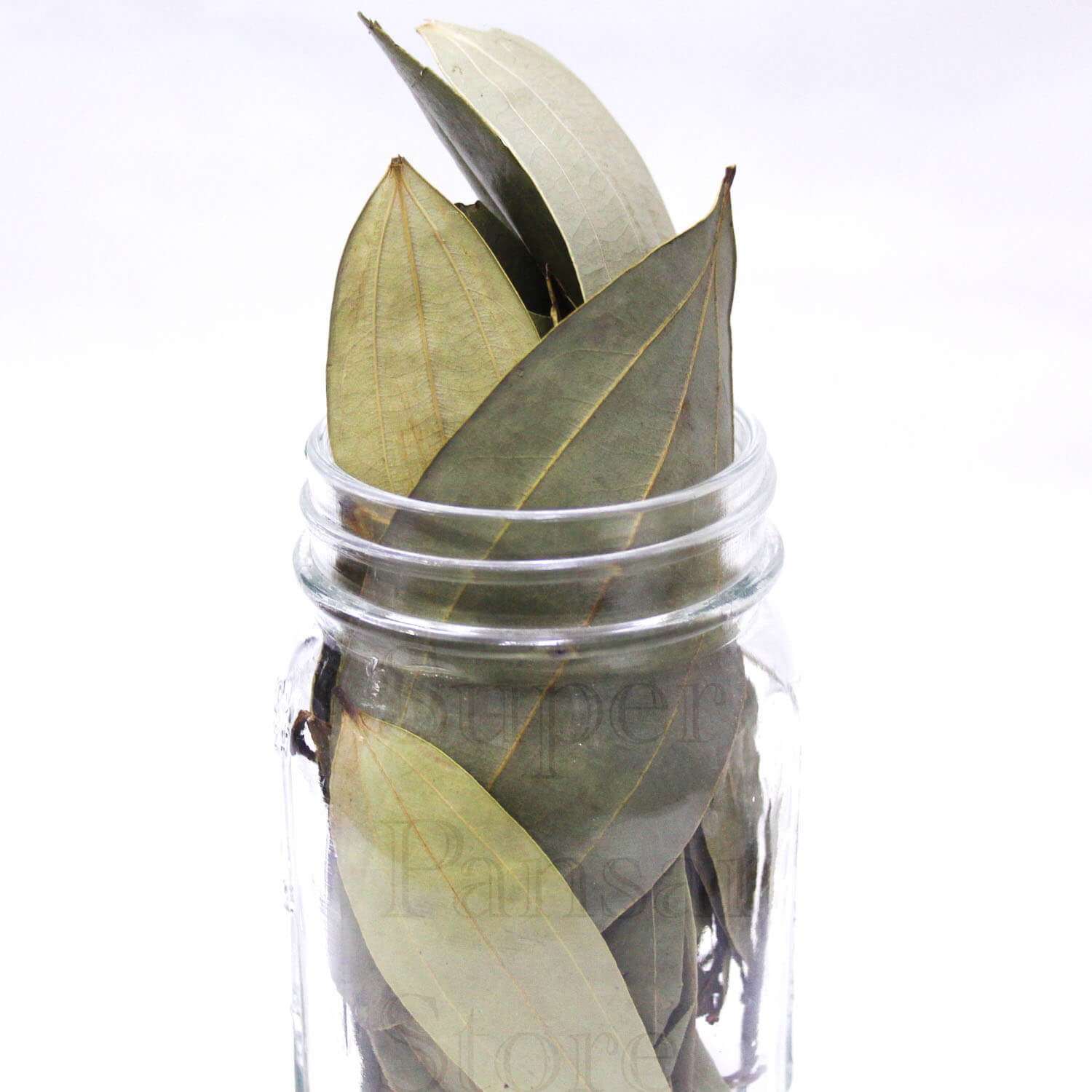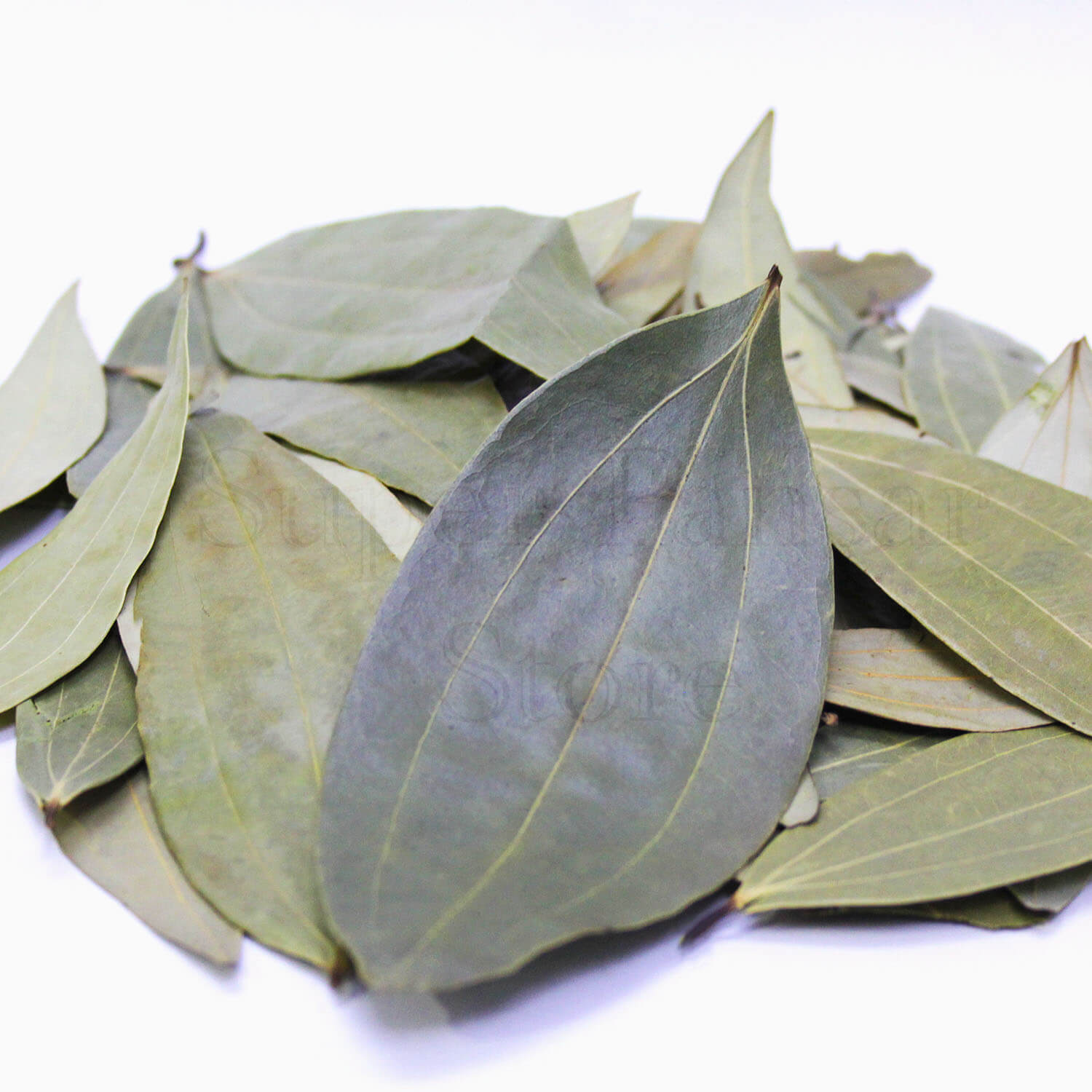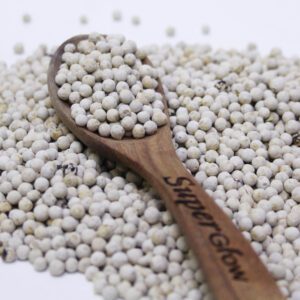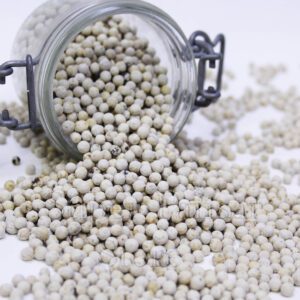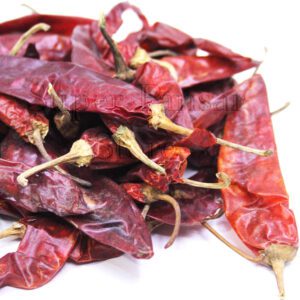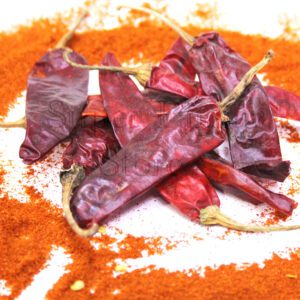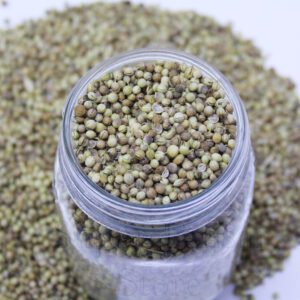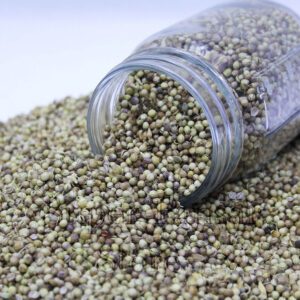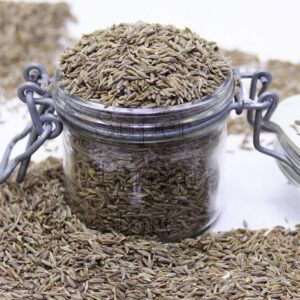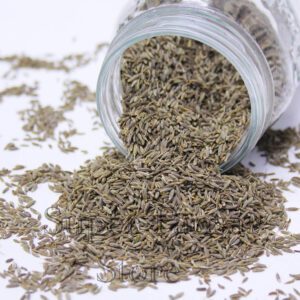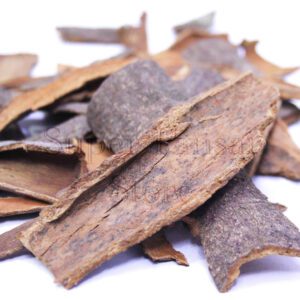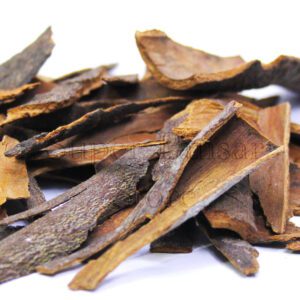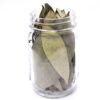Bay Leaves (Tez Patta) تیز پتہ/ تیزپات
₨ 150 – ₨ 1,450
Super Bay Leaves: The Fragrant Leaf of Depth and Aroma
Bay leaves (Laurus nobilis) are aromatic, dark green leaves that come from the bay laurel tree, native to the Mediterranean region. Known for their distinct, herbal aroma and subtle, slightly bitter flavor, bay leaves are a key ingredient in many cuisines around the world, from Mediterranean to Indian, Caribbean, and Latin American dishes. They are often used whole in slow-cooked dishes like soups, stews, sauces, and braises, where their fragrance infuses the liquid with depth and complexity. While the leaves are typically removed before serving, their flavor lingers, providing a gentle but aromatic background note. Beyond their culinary uses, bay leaves are also valued in traditional medicine for their anti-inflammatory, digestive, and antimicrobial properties. Rich in antioxidants, they are believed to help with respiratory issues, reduce anxiety, and promote overall health. Whether fresh or dried, bay leaves offer a versatile and fragrant addition to dishes, making them a timeless and essential ingredient in both cooking and wellness.
- Premium Quality
- Fresh
- Organic
- Safely processed and packed
Overview
Bay leaf (Laurus nobilis) is a perennial shrub belongs to the family laurel (Lauraceae).
It has been cultivated throughout the European, tropical, subtropical, and Asian countries.
It has been used for thousands of years for food flavoring, essential oil applications, and in traditional medicine
Benefits
Digestive Health:
Bay leaves are thought to have digestive properties and may help alleviate common digestive issues such as bloating and indigestion.
Anti-Inflammatory Properties:
Some compounds found in bay leaves, such as parthenolide, have anti-inflammatory properties.
These properties may help reduce inflammation in the body.
Antioxidant Effects:
Bay leaves contain antioxidants that may help neutralize free radicals in the body.
Free radicals can contribute to oxidative stress, which is linked to various health issues.
Respiratory Health:
The essential oils in bay leaves, such as cineole, may have a positive impact on respiratory health.
Inhaling the vapors of bay leaves is believed by some to help alleviate respiratory conditions like bronchitis and congestion.
Blood Sugar Regulation:
Some animal studies suggest that compounds in bay leaves may help regulate blood sugar levels, potentially benefiting individuals with diabetes.
However, more research is needed to establish this effect in humans.
Stress and Anxiety Relief:
Some believe that the calming and aromatic properties of bay leaves can have a positive effect on stress and anxiety levels when used in aromatherapy or as part of herbal teas.
Joint Pain Relief:
The anti-inflammatory properties of bay leaves may contribute to joint pain relief, and some traditional medicine practices use bay leaf extracts for this purpose.
Uses
Soups and Stews:
Bay leaves are a classic addition to soups and stews.
They impart a subtle, earthy flavor that enhances the overall taste of the dish.
Sauces and Gravies:
Adding bay leaves to sauces and gravies provides depth and complexity to their flavor profile.
Marinades:
You can include bay leaves in marinades for meat, poultry, or fish to infuse them with a rich, aromatic flavor.
Rice and Grain Dishes:
Adding bay leaves enhances the taste of rice, pilafs, and other grain dishes.
Remember to remove the bay leaves before serving.
Canning and Pickling:
Pickling recipes often use bay leaves to add flavor to preserved vegetables.
Slow-Cooked and Braised Dishes:
Bay leaves work well in dishes that require slow cooking or braising, such as pot roasts and braised meats.
Seafood Dishes:
Bay leaves can complement the flavors of seafood dishes, particularly when poaching or steaming fish.
Indian Cuisine:
Bay leaves are a key ingredient in many Indian dishes, especially in the preparation of biryanis and certain curry recipes.
Baking:
While less common, some dessert recipes, such as certain custards or rice puddings, may benefit from the addition of a bay leaf for a unique flavor twist.

